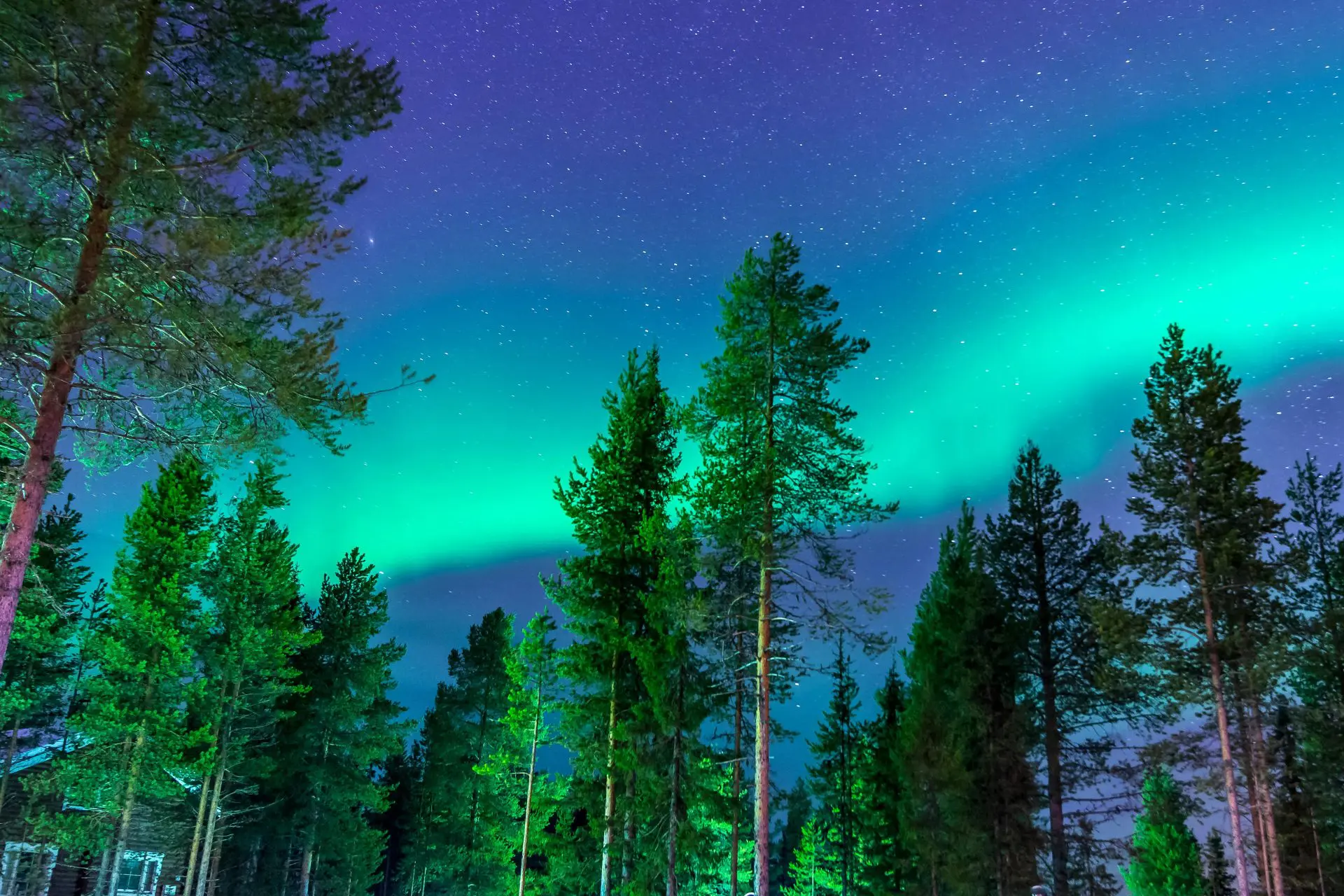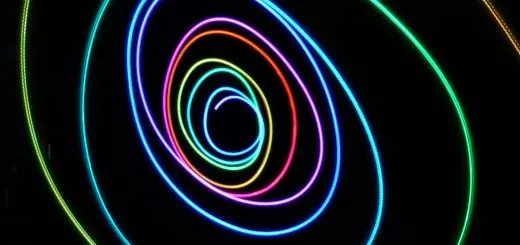Wildlife Photography Gear Essentials

Looking for more amazing products? Check out our online store and explore our collection here! Happy shopping!
Before diving in, please note: This post is for informational purposes only. If you’d like to know more about how we approach topics, feel free to check out our friendly Disclaimer Page.
Hey there, amazing readers! 
We’re committed to delivering quality posts, and your support (even just sticking around despite the ads) means everything to us. So, bear with us, and thanks for helping us keep the good vibes rolling. Now, on to the fun stuff!
TRANSLATE BUTTON AT THE END OF THE ARTICLE
Introduction to Wildlife Photography
Wildlife photography is a thrilling and challenging pursuit that requires not only skill but also the right gear to capture stunning images of animals in their natural habitats.
Whether you are a seasoned professional or a beginner in this field, having the essential gear is crucial to achieving high-quality shots.
From choosing the right camera and lens to selecting the best tripod and accessories, each piece of equipment plays a vital role in capturing the perfect wildlife photograph.
When venturing into the wild to photograph animals, it is essential to be prepared with the right gear that will help you overcome various challenges such as unpredictable weather conditions, fast-moving subjects, and varying light conditions.
In this article, we will explore the must-have wildlife photography gear essentials that every photographer should consider when embarking on a wildlife photography adventure.
Choosing the Right Camera for Wildlife
The first step in building your wildlife photography gear kit is selecting the right camera.
When it comes to wildlife photography, a camera with fast autofocus, high burst rate, and excellent low-light performance is essential.
DSLR and mirrorless cameras are popular choices among wildlife photographers due to their versatility and image quality.
Consider cameras with a high megapixel count for capturing fine details and a rugged build to withstand outdoor conditions.
When choosing a camera for wildlife photography, also pay attention to the camera’s ergonomics and weather-sealing capabilities.
You want a camera that feels comfortable in your hands and can withstand dust, moisture, and temperature fluctuations.
Additionally, look for a camera with a long battery life to ensure you don’t miss any crucial shots while out in the field.
Lens Selection for Wildlife Photography
One of the most critical aspects of wildlife photography is selecting the right lens for capturing your subjects.
A telephoto lens is a must-have for wildlife photographers as it allows you to get close-up shots of animals without disturbing them.
Look for lenses with focal lengths of 300mm or longer to capture detailed and intimate images of wildlife from a safe distance.
In addition to a telephoto lens, consider investing in a wide-angle lens for capturing expansive landscapes or environmental portraits of animals in their natural habitats.
A macro lens can also be handy for photographing small creatures such as insects or flowers.
When choosing lenses for wildlife photography, prioritize quality over quantity to ensure sharp and detailed images.
Tripods and Monopods for Stability
Stability is key in wildlife photography, especially when using telephoto lenses with long focal lengths.
A sturdy tripod or monopod is essential for keeping your camera steady and reducing camera shake, resulting in sharper images.
Tripods are ideal for stationary subjects or when shooting in low light conditions, while monopods offer more mobility and flexibility when tracking moving wildlife.
When selecting a tripod or monopod, look for lightweight yet durable materials such as carbon fiber or aluminum.
Consider the maximum load capacity of the tripod to ensure it can support your camera and lens setup.
Additionally, opt for a tripod with features like quick-release plates and adjustable legs for ease of use in various shooting situations.
Camera Bags and Backpacks for Transport
Protecting your valuable camera gear while on the move is essential in wildlife photography.
A well-designed camera bag or backpack will not only keep your equipment safe but also provide easy access to your gear when you need it most.
Look for a bag with padded compartments to cushion your camera and lenses, as well as adjustable dividers to customize the interior layout.
When choosing a camera bag or backpack for wildlife photography, consider factors such as comfort, waterproofing, and capacity.
Backpacks with ergonomic straps and breathable padding are ideal for long hikes or treks into the wilderness.
Ensure the bag is weather-sealed to protect your gear from rain, snow, or dust.
Opt for a bag with multiple pockets and compartments to organize your gear efficiently.
Essential Accessories for Wildlife Photography
In addition to cameras, lenses, tripods, and bags, several essential accessories can enhance your wildlife photography experience.
Filters such as polarizers or ND filters can improve image quality by reducing glare or controlling exposure in bright conditions.
A remote shutter release allows you to capture images without touching the camera, minimizing vibrations and ensuring sharp shots.
Other accessories to consider for wildlife photography include lens hoods for blocking stray light, lens cloths for cleaning optics, and extra memory cards for storing numerous images.
A portable power bank can keep your devices charged during extended shooting sessions, while a rain cover or protective sleeve can shield your camera from the elements.
Be sure to pack these accessories in your camera bag for a successful wildlife photography outing.
Clothing and Gear for Outdoor Comfort
When photographing wildlife in their natural habitats, it is essential to dress appropriately for the outdoors.
Comfortable and weather-appropriate clothing can make a significant difference in your photography experience.
Opt for moisture-wicking layers to stay dry and comfortable, waterproof outerwear to protect against rain or snow, and sturdy footwear for navigating rugged terrain.
In addition to clothing, consider gear such as hats, gloves, sunglasses, and sunscreen to shield yourself from the sun’s rays and harsh weather conditions.
A comfortable backpack with a hydration system can keep you refreshed and energized during long shoots.
Remember to dress in layers to regulate your body temperature and be prepared for changing weather conditions while out in the field.
Lighting Equipment for Wildlife Shots
Lighting plays a crucial role in wildlife photography, and having the right lighting equipment can elevate your images to the next level.
While natural light is often preferred for capturing authentic wildlife moments, supplemental lighting tools can be useful in challenging lighting conditions.
Consider investing in a portable speedlight or continuous LED light for illuminating your subjects in low light or backlight situations.
Reflectors or diffusers can help control harsh light and soften shadows, creating more flattering portraits of wildlife.
When using artificial lighting, be mindful of the direction and intensity of light to avoid disturbing or startling your subjects.
Experiment with different lighting techniques to create dynamic and visually appealing wildlife images that stand out from the crowd.
Cleaning Supplies for Camera Maintenance
Proper maintenance of your camera gear is essential to ensure optimal performance and longevity.
Dust, dirt, and moisture can accumulate on your equipment during outdoor shoots, affecting image quality and functionality.
Carry essential cleaning supplies such as a lens brush, microfiber cloth, and lens cleaning solution to keep your lenses and camera sensor free from debris and smudges.
A blower or air blaster can help remove dust particles from hard-to-reach areas of your camera, while a sensor cleaning kit can effectively clean your camera sensor and prevent dust spots in your images.
Regularly inspect and clean your gear after each shoot to prevent dirt buildup and maintain the quality of your wildlife photographs.
Proper care and maintenance of your camera gear will ensure that it performs optimally when capturing wildlife in the field.
Remote Triggers for Capturing Wildlife
Remote triggers are valuable tools for wildlife photographers seeking to capture elusive or shy animals without disturbing them.
Wireless remote controls or cable releases allow you to trigger your camera from a distance, enabling you to capture candid moments of wildlife behavior without being physically present.
This technology is particularly useful for capturing birds in flight, nocturnal animals, or skittish subjects.
When using remote triggers for wildlife photography, consider factors such as range, battery life, and compatibility with your camera model.
Opt for a reliable remote trigger that allows you to control your camera settings and trigger the shutter remotely with ease.
Experiment with different remote trigger techniques to expand your creative possibilities and capture unique wildlife moments from a safe distance.
Tips for Packing and Organizing Gear
Packing and organizing your wildlife photography gear is crucial for a successful and stress-free outing in the field.
Start by creating a checklist of essential items you need for your wildlife photography trip, including cameras, lenses, tripods, accessories, and clothing.
Pack your gear in a systematic and organized manner to ensure easy access and quick setup when you encounter wildlife subjects.
Use padded camera inserts or dividers in your camera bag to protect your gear from bumps and scratches during transport.
Label your gear and accessories for quick identification and retrieval in the field.
Consider investing in a weatherproof camera bag or backpack to safeguard your equipment from the elements.
Prioritize lightweight and compact gear to minimize the weight of your backpack and reduce fatigue during long treks.
Conclusion: Must-Have Wildlife Photography Gear
In conclusion, wildlife photography is a rewarding yet challenging pursuit that requires the right gear to capture stunning images of animals in their natural habitats.
When building your wildlife photography gear kit, prioritize essentials such as cameras, lenses, tripods, bags, and accessories that will enhance your photography experience and help you achieve exceptional results.
Invest in high-quality gear that is durable, versatile, and reliable to withstand the rigors of outdoor shooting.
By selecting the right camera and lenses, stabilizing your setup with tripods and monopods, organizing your gear in camera bags and backpacks, and utilizing essential accessories for wildlife photography, you can elevate your skills and capture breathtaking images of wildlife in the wild.
Remember to dress appropriately for outdoor comfort, clean and maintain your gear meticulously, and use remote triggers for capturing wildlife behavior discreetly.
With the right wildlife photography gear essentials at your disposal, you can embark on unforgettable wildlife photography adventures and create stunning images that showcase the beauty of the natural world.

The Enlightenment Journey is a remarkable collection of writings authored by a distinguished group of experts in the fields of spirituality, new age, and esoteric knowledge.
This anthology features a diverse assembly of well-experienced authors who bring their profound insights and credible perspectives to the forefront.
Each contributor possesses a wealth of knowledge and wisdom, making them authorities in their respective domains.
Together, they offer readers a transformative journey into the realms of spiritual growth, self-discovery, and esoteric enlightenment.
The Enlightenment Journey is a testament to the collective expertise of these luminaries, providing readers with a rich tapestry of ideas and information to illuminate their spiritual path.
Our Diverse Expertise
While our primary focus is on spirituality and esotericism, we are equally passionate about exploring a wide range of other topics and niches 

To ensure we provide the most accurate and valuable insights, we collaborate with trusted experts in their respective domains 
Our blog originally focused on spirituality and metaphysics, but we’ve since expanded to cover a wide range of niches. Don’t worry—we continue to publish a lot of articles on spirituality! Frequently visit our blog to explore our diverse content and stay tuned for more insightful reads.
Hey there, amazing reader! 
Check out our store here and take a peek at some of our featured products below! Thanks for being awesome!











